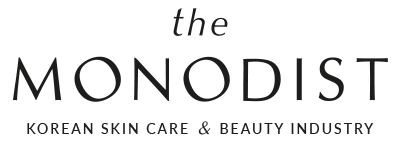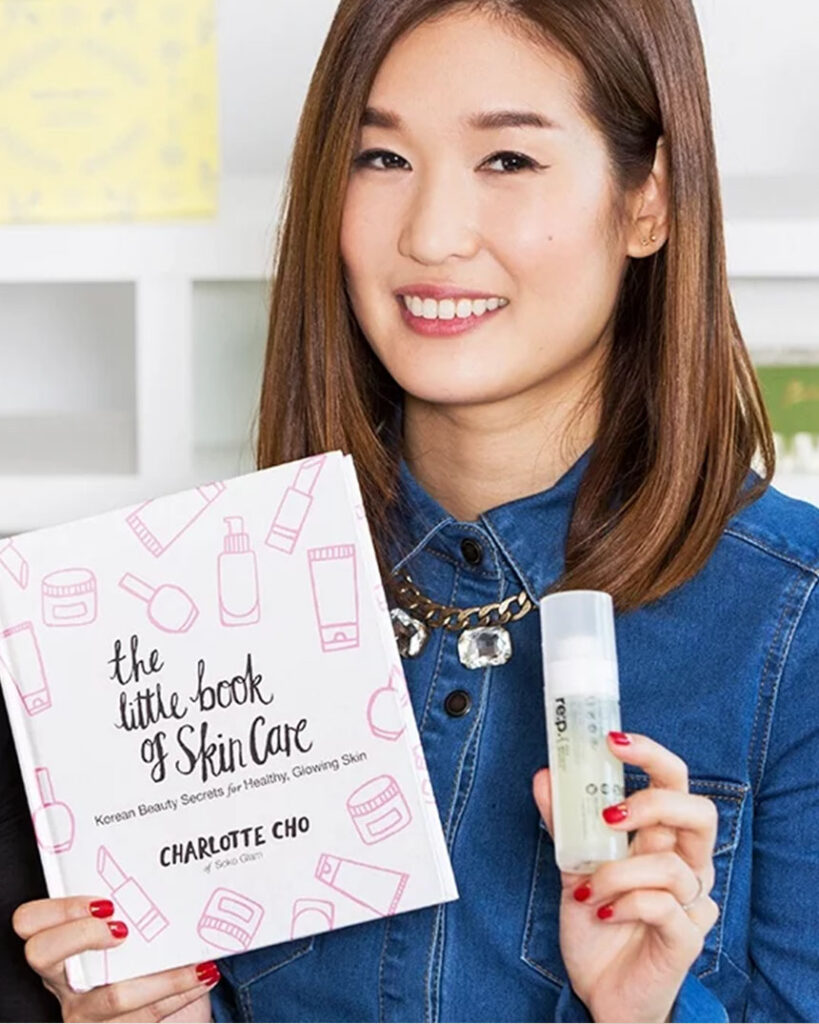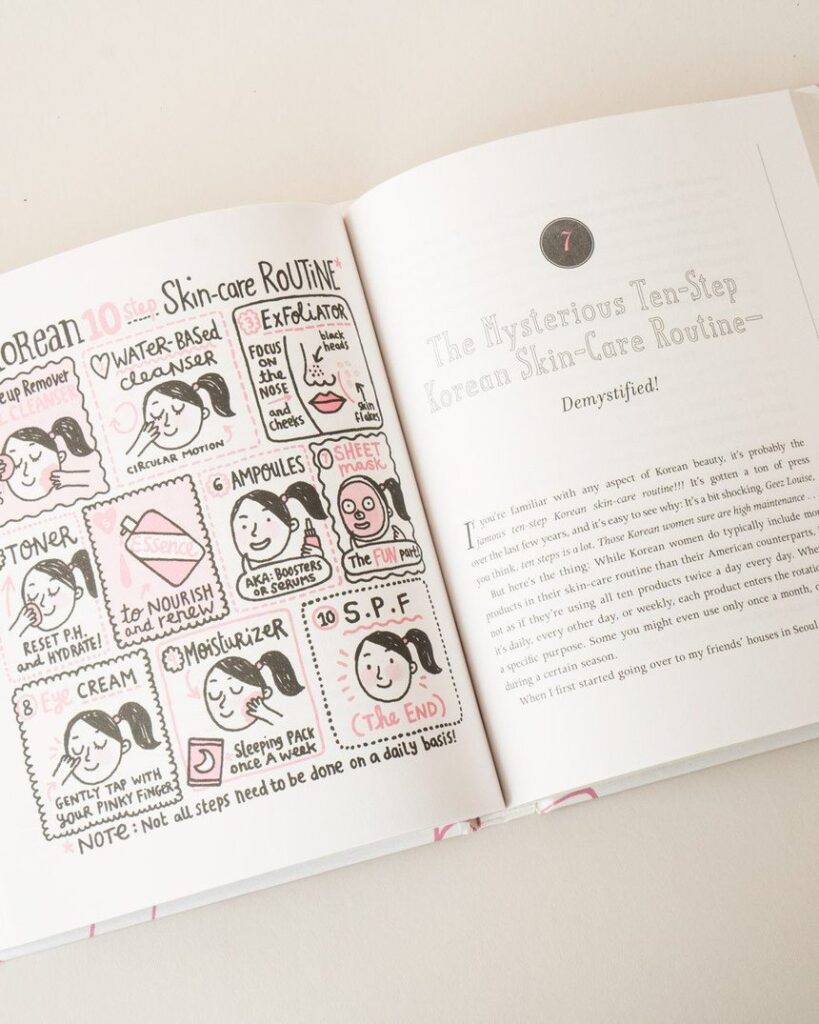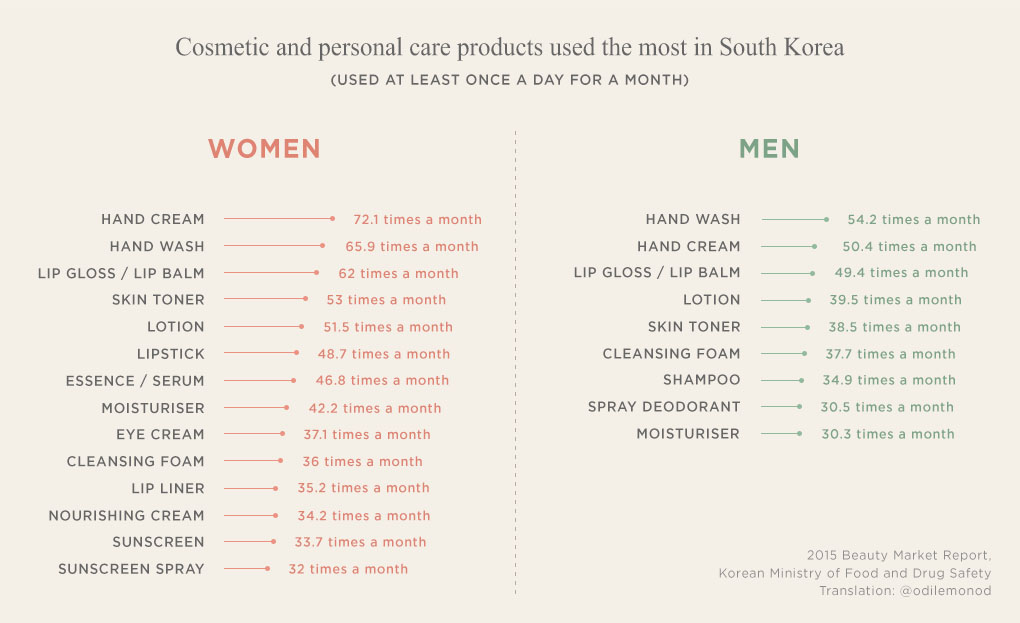korean beauty guides
The 10 Step Korean Skin Care Routine Is Not Real (And Never Was)
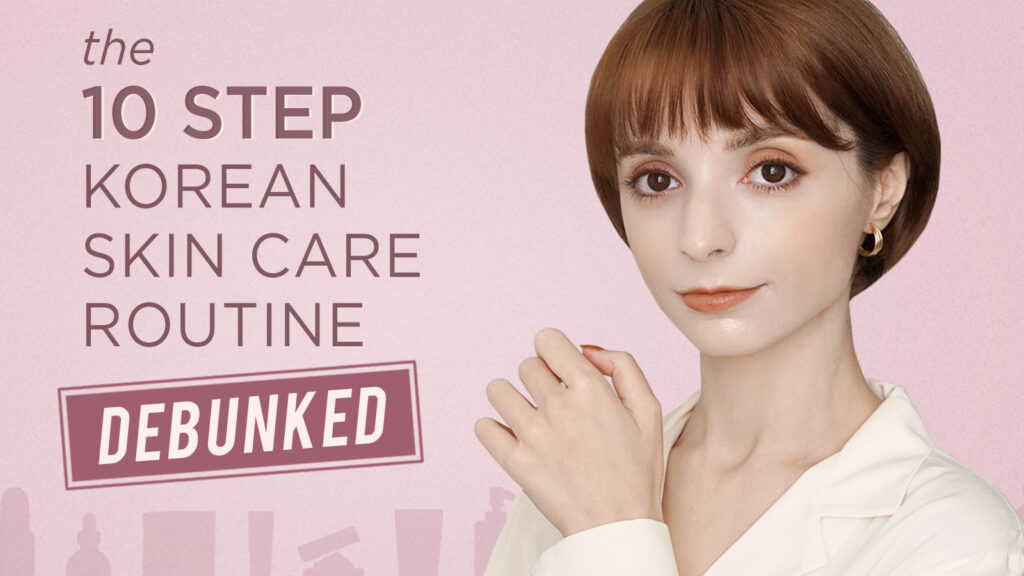
The “10 Step Korean Skin Care Routine” in Korean Media
The presentation of the “10 Step Korean Skin Care Routine” in Western media outlets differs greatly from the perspectives of Korean beauty journalists. While foreign media often portrays these lengthy routines as a daily practice followed by all Korean women, or at least the majority of them, Korean beauty journalists share a different opinion.
In 2014, the professional beauty magazine Daily Cosmetic (뷰티경제) published an article that sheds light on this disparity.
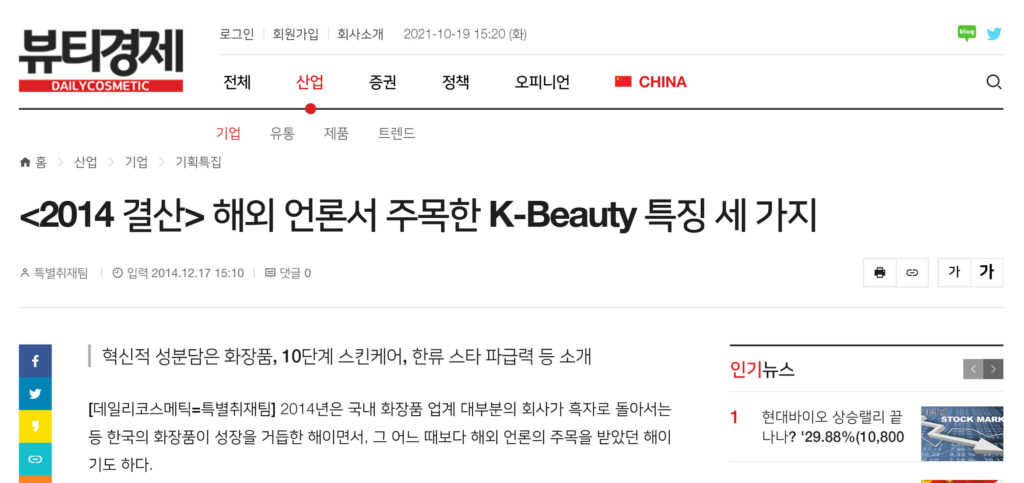
[source: Daily Cosmetic]
“Beauty news websites like Byrdie, Fashionista and Into The Gloss, reported: “Koreans follow a 10 step skin care routine. Some of these products do not exist in the US, and they should be applied following a specific order and in a specific way”. The “10 Steps” seems to derive from the fact the lines launched by Korean beauty brands usually consist of 6-10 consecutive products like skin, toner, ampoule, emulsion, essence, serum, lotion, cream, sleeping pack, and oil. Very few Koreans use all these products when they do their skin care routine, but it’s true that Koreans use many products compared to Westerners, many of whom have a skin care routine that consists of only one cream. Therefore, it seems American beauty media is taking the initiative to come up with new trends for the foreign market, like the “10 Step Skin Care Routine”, as a way to introduce Korean trends.”
Daily Cosmetic (뷰티경제), 2014. Translation: Odile Monod
In 2018, the Korean beauty magazine Beauty+ published a detailed article examining the cultural influence of the “10 Step Korean Skin Care Routine” outside of Korea. Additionally, the magazine raised significant questions regarding its long-term impact and legacy.

[source: Beauty+]
“[the problem with the 10 step skin care routine] is that it’s focused on recommending “Korean products” rather than picking products based on your personal skin condition. i.e. Step 1 is always a cleansing balm (why?). It’s a product with excellent cleansing power but it can cause more breakouts for oily skin types. There should be a proper guide on the real Korean skin care routine.”
Beauty+ Magazine, 2018. Translation: Odile Monod
Origins of the “10 Step Korean Skin Care Routine”
The term “10 Step Korean Skin Care Routine” began gaining popularity in 2014, according to data from Google Trends.
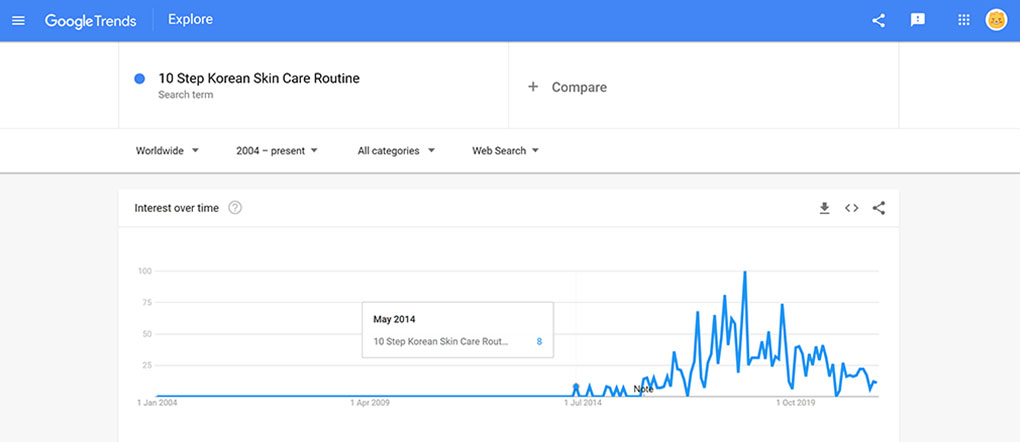
[source: Google Trends]
Prior to 2014, a handful of articles touched upon the general concept of multi-step Korean skin care routines. However, the term “10 Step Korean Skin Care” was first used in an article published by American beauty magazine Into The Gloss in April 2014. In this particular article, K-Beauty expert Charlotte Cho introduces readers to different Korean skincare product categories that were not yet available in the US and explains how to properly layer these formulas to create a skin care routine.
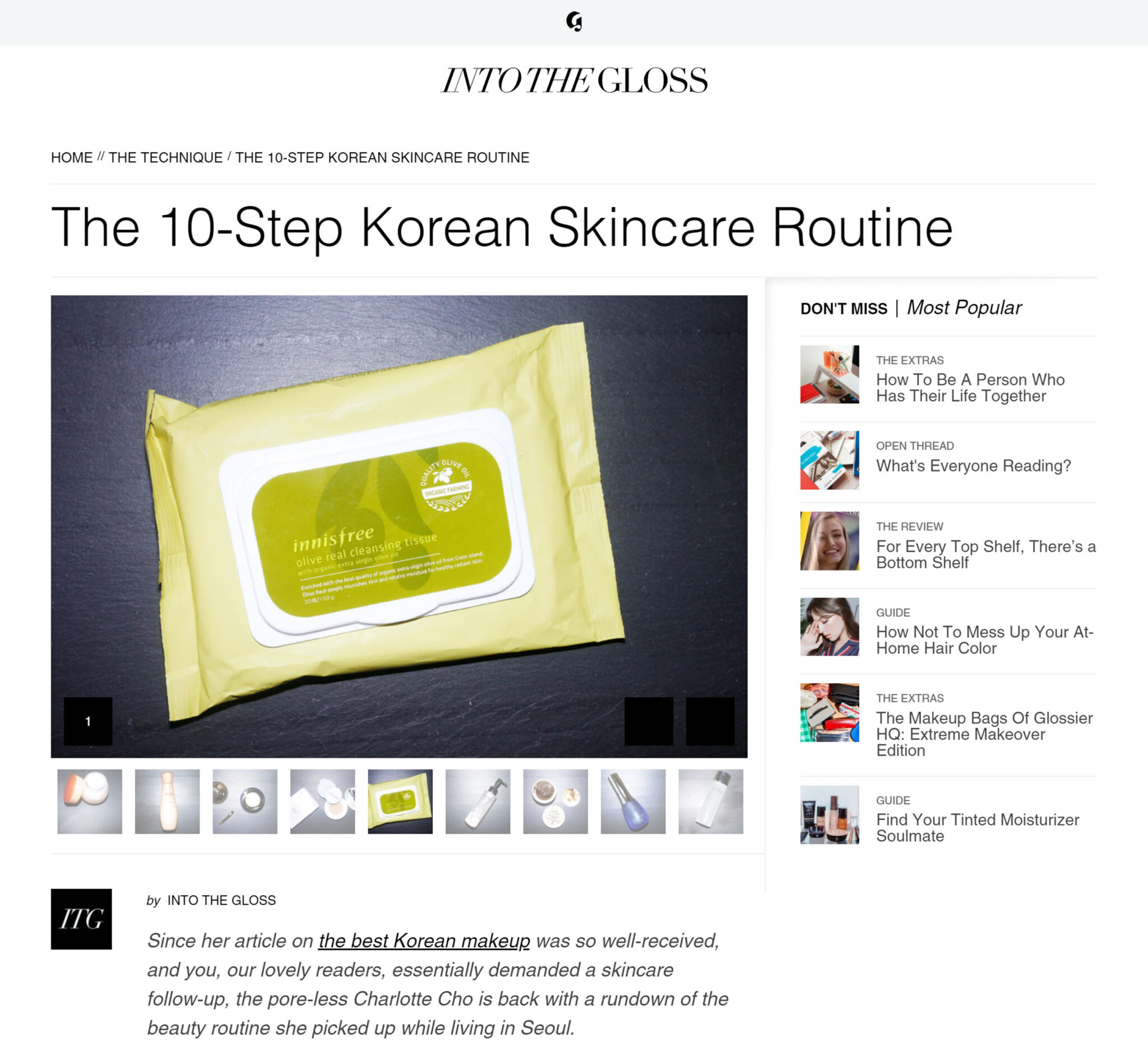
[source: Into The Gloss]
Charlotte Cho is a Korean-American entrepreneur and co-founder of Soko Glam, an American website launched in 2012 with the mission of introducing Korean beauty products to a Western audience. In 2015, she gained international recognition with the release of her book, “The Little Book of Skin Care,” the first English-language book solely dedicated to Korean beauty.
In her book, Cho outlines how to create a skin care routine using 10 popular Korean products, which she refers to as the “10 Step Korean Skin Care Routine.” While she doesn’t explicitly state that Koreans strictly follow this elaborate routine, the book implicitly suggests that this is how Korean skin care is meant to be practiced. Following the publication of “The Little Book of Skin Care,” Western media outlets latched onto the story, creating a myth surrounding the “10 Step Skin care Ritual that Koreans are obsessed with.” Consequently, many foreigners still equate the “10 Step Korean Skin Care Routine” with Korean beauty today.
To be fair, Cho has always been honest about the origin of the “10 Step Korean Skin Care Routine,” acknowledging that it was her own creation and not a widespread practice in Korea. However, it is worth noting that Cho also runs a business where she sells “10 Step Korean Skin Care Starter Kits” on her website. Given this, it is difficult to believe that she was overly concerned about debunking the myth surrounding the routine.

[source: Vox Magazine]
An Overview of Cosmetics Consumer Behaviour in South Korea
The Korean beauty industry is known for its fast-paced and constantly evolving nature, making it difficult to make broad generalisations about its dynamics. In order to debunk the myth surrounding the “10 Step Korean Skin Care Routine,” it’s crucial to examine what the Korean beauty industry looked like in 2015, when Charlotte Cho’s book popularised the practice.
According to a study conducted by the Korean Ministry of Food and Drug Safety (MFDS), this was the average number of cosmetic and personal care products used monthly by Koreans in 2015:
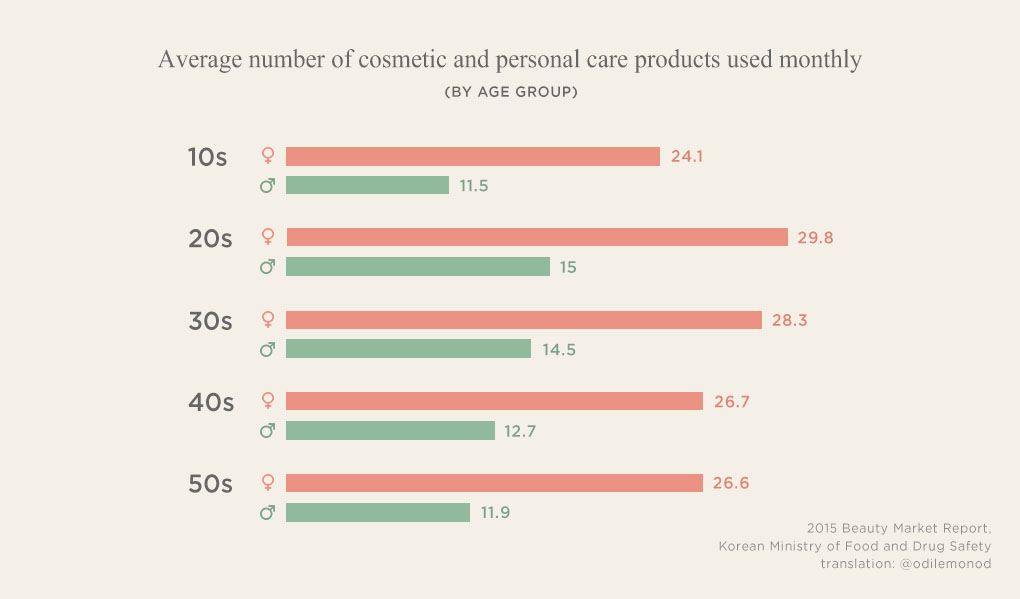
These numbers might seem really high at first glance, but one should keep in mind that the study takes into consideration both cosmetics (i.e. skin care, colour makeup etc.) and personal care products (i.e. shampoo, body wash etc).
Looking solely at skin care products, the average number of products used monthly by Koreans in 2015 was found to be 9.9 for women (7.1 skincare products + 2.8 cleansing products), and 4.8 for men (3.6 skincare products + 1.2 cleansing products). In addition, the Korean MFDS was also able to identify the most popular product categories used at least once a month by the majority of participants in the study.
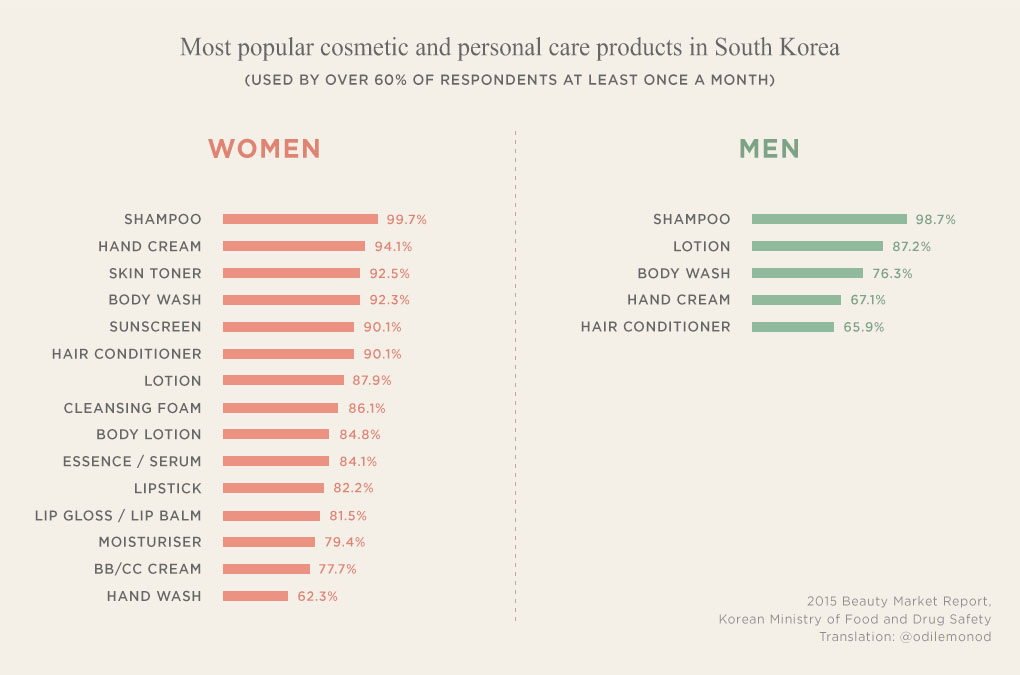
[please note that the study groups “Essence” and “Serum” together because they’re widely considered equivalent products in South Korea]
In addition, the Korean MFDS examined the usage patterns of 72 different cosmetics and personal care products to identify which ones were most commonly used by Koreans. This data provides us with a glimpse into what the average daily skin care routine of a Korean woman in 2015 might have consisted of.
MORNING:
Skin Toner (+ Essence/Serum every other day) + Lotion + Moisturiser + Sunscreen + Sunscreen Spray (for reapplication during the day) (= total 5/6 skincare products).
EVENING:
Cleansing Foam + Skin Toner + Essence/Serum + Lotion + Eye Cream + Nourishing Cream (= total 5 skincare products + 1 cleansing product).
Average number of different types of skin products used in a day (morning + evening): 8 skincare products + 1 cleansing product.
The data shows that most Korean women do not actually follow lengthy skin care routines like the “10 Step Korean Skin Care Routine” myth suggests. It also provides interesting insights into the cleansing habits of Korean women in 2015. Despite the mythology surrounding “double cleansing” in the West, the majority of participants in the study reported using only one type of cleanser (cleansing foam) every day. Other types of cleansers, such as cleansing oil, cleansing balm, and micellar water, were used less frequently. This suggests that many Korean women do not double cleanse on a daily basis.
To provide a more accurate picture, here is the average number of skincare and cleansing products used by Koreans on a daily basis in the following years.
2016
Women: 5 skincare products + 1 cleansing product (survey of 892 Korean women aged 15-59 – Korean Ministry of Food and Drug Safety, 2016)
Men: 3 skincare products + 1 cleansing product (survey of 908 Korean men aged 15-59 – Korean Ministry of Food and Drug Safety, 2016)
2017
Women: 8 skincare products + 1 cleansing product (survey of 955 Korean women aged 15-59 – Korean Ministry of Food and Drug Safety, 2017)
Men: 4 skincare products + 1 cleansing product (survey of 583 Korean men aged 15-59 – Korean Ministry of Food and Drug Safety, 2017)
Studies for the following years were conducted by a private market research company and are based on the average weekly number of products (as opposed to daily).
2018
Women: 5 skincare products + 1.8 cleansing products (survey of 1500 Korean women aged 20-49, Opensurvey 2018)
Men 3.4 skincare products + 1 cleanser (survey of 500 Korean men aged 20-39, Opensurvey 2018)
2019
Women: 5 skincare products + 1.85 cleansing products (survey of 1500 Korean women aged 20-49, Opensurvey, 2019)
Men: 3.6 skincare products +1 cleansing product (survey of 500 Korean men aged 20-39, Opensurvey 2019)
2020
Women: 5.1 skincare products + 1.85 cleansing products (survey of 1500 Korean women aged 20-49 – Opensurvey 2020)
Men: 3.5 skincare products + 1 cleansing product (survey of 750 Korean men aged 20-39 – Opensurvey 2020).
2021
Women: 3 skincare products (survey of 1500 Korean women – Kantar Korea 2021)
2022
Women: 5 skincare products per day + 1 cleansing product (survey of 1500 Korean women aged 20-49, Open Survey 2022)
2023
Women: 6 skincare products per day (survey of 1000 Korean women aged 20-59, Open Survey 2023)
Recent statistics reveal a growing trend in South Korea to simplify skin care routines in order to prevent potential skin irritation. The phenomenon is often referred to as “Skip-Care” of “Skincare Diet“.
A study conducted by market research company Kantar in 2021 surveyed 1500 Korean women and found that the majority (28%) use an average of 3 products in their morning skin care routine, while 23% of Korean women opt for just 2 products (please note that face cleansers were not included in the study).
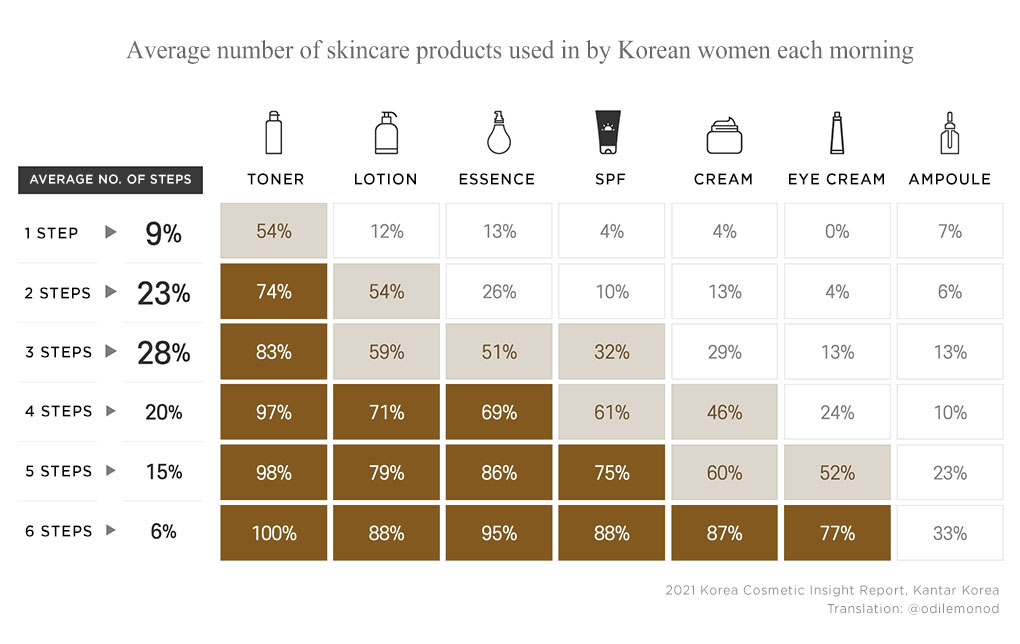
[source: Kantar Korea]
Based on the evidence, it is clear that the so-called “10 Step Korean Skin Care Routine” was never a reality when the myth first gained popularity in the US back in 2015. In fact, it is even less of a reality now. Historically, Korean women did have somewhat elaborate skin care routines consisting of around 6-7 steps. However, in recent years, they have simplified their routines to just 2-3 daily steps.
Personal Considerations
Shortly after the first articles on the “10 Step Korean Skin Care Routine” were published in the US, many beauty editors recognised the potential to craft a narrative around the elaborate beauty rituals originating from Asia. Terms such as “unusual,” “eccentric,” or “weird” quickly became linked to Korean Beauty practices. This tendency to view it as something foreign and different can be traced back to Edward Said’s concept of “Orientalism.”
“Orientalism can be discussed and analysed as the corporate institution of dealing with the Orient – dealing with it by making statements about it, authorising views of it, describing it, by teaching it, settling it, ruling over it; in short, Orientalism as a Western style of dominating restructuring and having the authority over the Orient.”
Edward W. Said
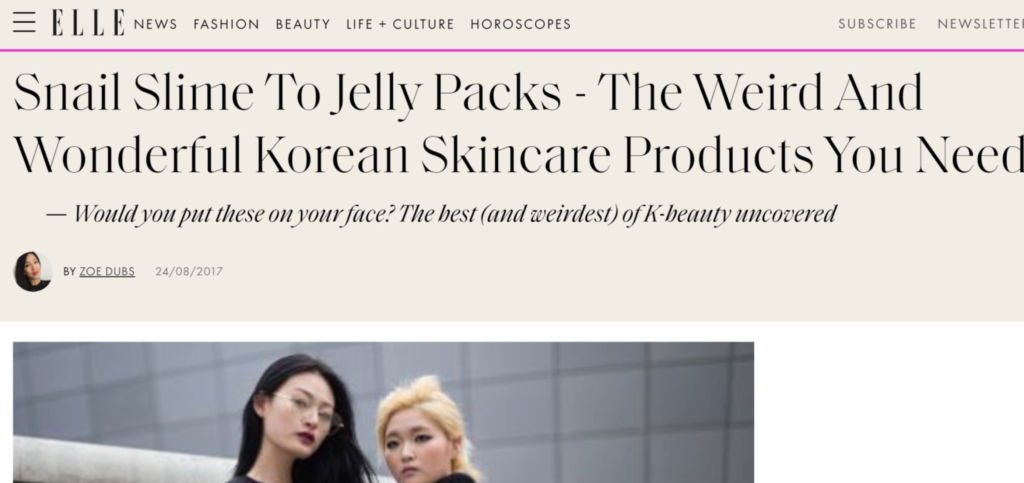
[source: Elle Magazine, 2017]
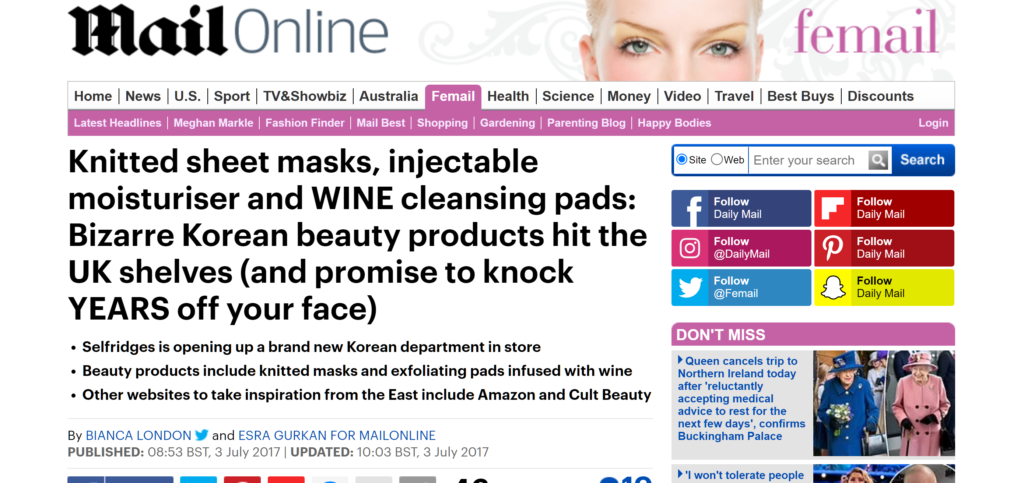
[source: Daily Mail, 2017]
One of the major issues I have with the popularisation of the “10 Step Korean Skin Care Routine” myth is that it is deeply dehumanising. While these articles may initially appear positive, they ultimately convey an underlying message that Asians partake in eccentric activities because they are not as civilised as Westerners.
Likewise, the “10 Step Korean Skin Care Routine” myth portrays Koreans as shallow individuals with misplaced priorities, who are more than happy to dedicate several hours each day to skin care. In reality, Koreans are ordinary people like you and me, many of them face the challenges of being overworked or unemployed and they simply do not have the time, energy, or financial means to support such an extravagant lifestyle.
Additionally, the myth sends the wrong message to those who are new to skin care. It suggests that there is a one-size-fits-all routine that works for everyone, instead of encouraging individuals to understand and address their unique skin care needs.
As a professional in the industry, I witness firsthand the true potential, innovation, and excellence that the Korean beauty industry has to offer. That’s why it truly disappoints me that this marketing stunt is widely perceived as the epitome of Korean beauty.
Conclusions
In conclusion, the “10 Step Korean Skin Care Routine” is simply a marketing gimmick originated in the United States around 2014. Foreign K-Beauty retailers and beauty magazines were the main driving forces behind this myth, as they saw it as an opportunity to easily sell 10 different products to casual customers fascinated by the idea of Korean skin care. The phenomenon had no basis in reality and does not accurately reflect the skin care habits of Korean consumers or the dynamics of the Korean beauty industry.
Words, Visuals: © 2024 Odile Monod unless otherwise stated.
The reproduction of any content, either in whole or in part, for commercial purposes is strictly prohibited without obtaining the explicit written consent of the author.
Selected Sources and Suggestions for Further Reading
- “10 Step Korean Skin Care routine” search volume analysis (2004-), Google Trends
- <2014 결산> 해외 언론서 주목한 K-Beauty 특징 세 가지, 뷰티경제, 2014.12.17
- Charlotte Cho Teaches Us About The K-beauty Glow, The Wellnest, 2020.06.26
- How the 10-step Korean skin care routine changed American skin care, Vox, 2019.01.17
- Korea Unemployment at 21-Year High as a Million Jobs Lost, Bloomberg, 2021.02.10
- Rituals and Myths of Korean Skin Care Practices: The Emergence of K-beauty inthe Global Marketplace, Yoo Jin Kwon, 2020.10
- South Koreans are working themselves to death. Can they get their lives back?, CNN, 2018.11.05
- The Creator of the 10-Step K-Beauty Skin-Care Routine Says We’ve All Been Doing It Wrong, Well+Good 2019.03.27
- “The 10-Step Korean Skincare Routine”, Into The Gloss, 2014.04
- 뷰티 트렌드 리포트 2015, Opensurvey 2015.04.03
- 해외에서 더 유명한 K-스킨케어법?, Beauty+, 2018.01.03
